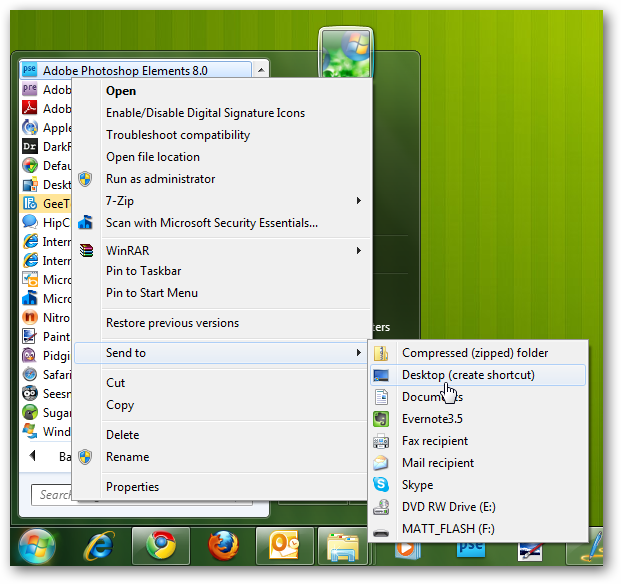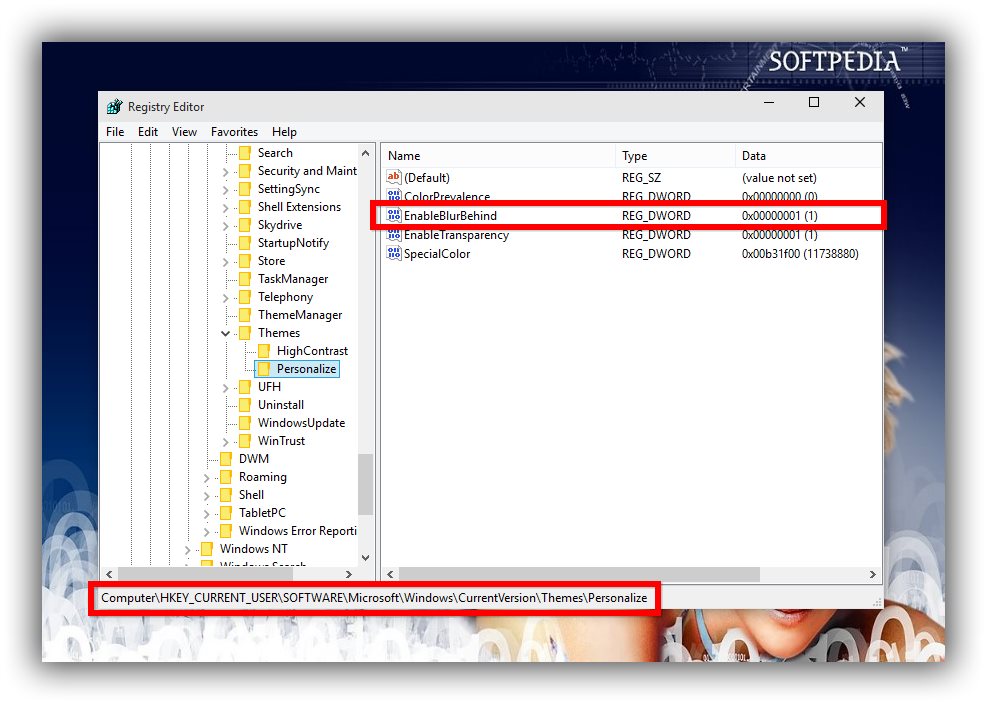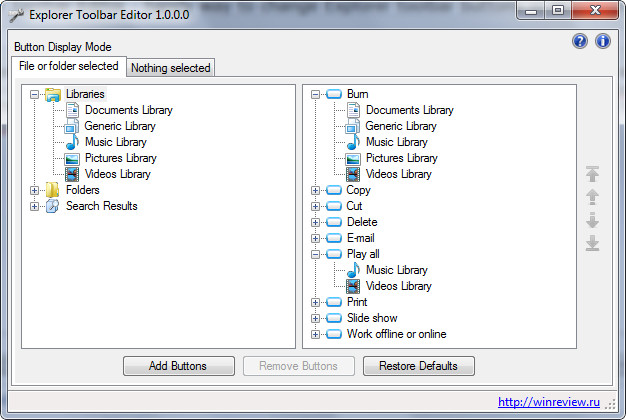

- WINDOWS 7 EDIT NEW FILE MENU HOW TO
- WINDOWS 7 EDIT NEW FILE MENU WINDOWS 7
- WINDOWS 7 EDIT NEW FILE MENU WINDOWS
That said, if you’ve never worked with it before, consider reading about how to use the Registry Editor before you get started.

This is a pretty simple hack and as long as you stick to the instructions, you shouldn’t have any problems. Standard warning: Registry Editor is a powerful tool and misusing it can render your system unstable or even inoperable. Now that our new file is in place, we’re going to add a key to the registry that will use that file to create new files in the program we’re adding to the New Item menu. Step Two: Add Your Template File to the Registry You may see other files there that were added automatically when you installed other programs. The file is pasted into the ShellNew folder.
WINDOWS 7 EDIT NEW FILE MENU WINDOWS
Click “Continue” on the Destination Folder Access Denied dialog box to give Windows permission to copy the file to the folder. If you mistakenly remove the current instance of Windows, you may render your computer unbootable.You can’t save your file directly to Windows’ ShellNew folder, so save it somewhere in your Documents folder, and then copy and paste the file into the C:\Windows\ShellNew folder. Warning: Be careful when editing the boot configuration data. When Windows starts, the only choice available in the boot menu should be the current Windows installation. Press Enter, and the Boot Configuration Data Editor (BCDEdit) will remove the entry for the ID you specified and display a message when finished. At the command prompt, enter the following: One simple command got the Windows Server 2008 R2 entry out of the boot loader. I copied the whole list into Notepad and then selected and copied just the ID, braces included. To remove an entry, you will need to know the Boot Loader Identifier (found in curly braces in Figure A). In this example, I decided to remove the entry for my Windows 2008 R2 installation, as I wouldn’t need it for the time being. This will return the current running configuration of your boot loader, showing any and all items that can boot on this system. Once in the command window, type bcdedit. Right-click on Command Prompt and select Run As Administrator. To begin, open the Start menu, select All Programs, and then choose Accessories.
WINDOWS 7 EDIT NEW FILE MENU WINDOWS 7
I started looking around for boot.ini and was directed toward the Boot Configuration Data Editor (BCDEdit) as the utility to use when editing boot loader information in Windows 7 (and in Vista too). I had Windows 7 set as the primary OS, so I was not without a system. Once I had the VHD removed, I thought Windows would be smart enough to clean up the boot loader, but I was not so lucky.

Your changes could make the partition unbootable. Note: Always make sure to back up any data that you want to keep before deleting or modifying partitions on VHDs. There was no data other than the OS installation contained within the file because I had used it only to prepare a blog post about booting from Virtual Hard Disks. Recently, I decided I could make better use of some disk space that I had set aside to create a bootable VHD for Windows Server 2008 R2.

In Windows Vista and later versions of Windows, the bootloader was moved from boot.ini to a utility called BCDEdit. Windows handles dual-booting by using boot.ini to display a menu of bootable choices or partitions found on the current system. Other reasons to dual-boot might include replication of a client environment. Sometimes dual-booting a system is a handy way to test new software, a new operating system, or an application that needs to be run in a specific version of Windows. Derek Schauland shows you how to modify the boot config data with the new tool. Modifying the Windows 7 boot loader with the Boot Configuration Data Editor tool


 0 kommentar(er)
0 kommentar(er)
